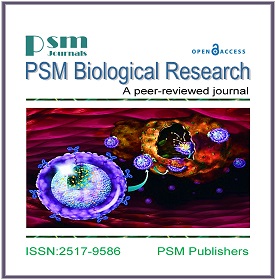Estimation of Heritability and Genetic Advance in F2 Populations of Wheat
Keywords:
F2 population, genetic advance, heritability, parents.Abstract
Estimation of heritability and genetic advance plays a pivotal role in selection. A set of 19 wheat genotypes comprised of seven parents and 12 F2 populations were evaluated at The University of Agriculture-Peshawar during 2013-14 in a randomized complete block design (RCBD) with three replications. Data were recorded on days to 50% heading, days to maturity, plant height, flag leaf area, productive tillers plant-1, spike length, biological yield plant-1, spikelet spike-1, grains spike-1, grain yield plant-1, and harvest index. Analysis of variance showed significant differences among genotypes, parents, and F2 populations for all the studied traits while parent vs. F2 population also revealed significant genetic variability for all the studied traits except plant height, spike length, and spikelet spike-1. Low to moderate broad-sense heritability coupled with low genetic advance was observed for almost all the traits studied. Among Parents, Janbaz was the highest in productive tillers plant-1, spikelet spike-1, grains spike-1, and grain yield plant-1. Among F2 population, Saleem-2000 × Barsat had the earliest 50% heading and maturity, Saleem-2000 × Watan, Tatara × Barsat, AUP-5008 × Fakhre Sarhad, and Janbaz × Barsat showed the shortest plant, large flag leaf area, long spikes, more productive tillers plant-1, grain yield plant-1, harvest index, biological yield plant-1, and spikelet spike-1. Saleem-2000 × Watan, Tatara × Barsat, AUP-5008 × Fakhre Sarhad and Janbaz × Barsat having a better performance for most of the traits and hence could be utilized in future wheat breeding programs.
Downloads
Published
How to Cite
Issue
Section
License
Copyright (c) 2020 PSM

This work is licensed under a Creative Commons Attribution-NonCommercial 4.0 International License.







